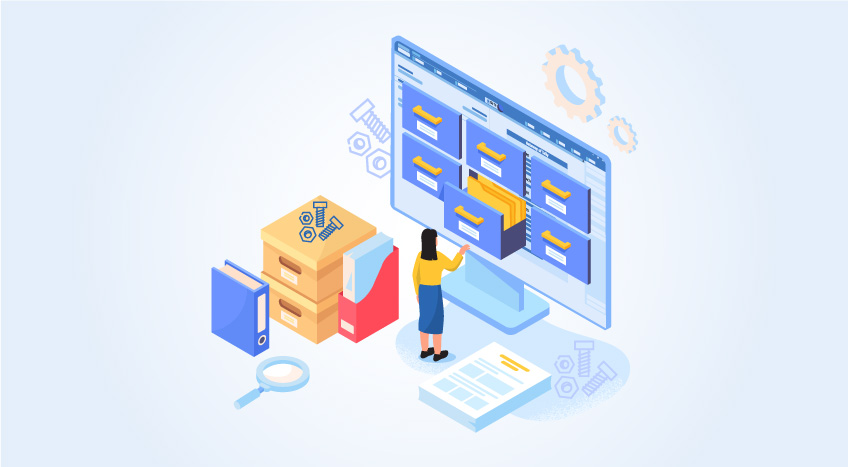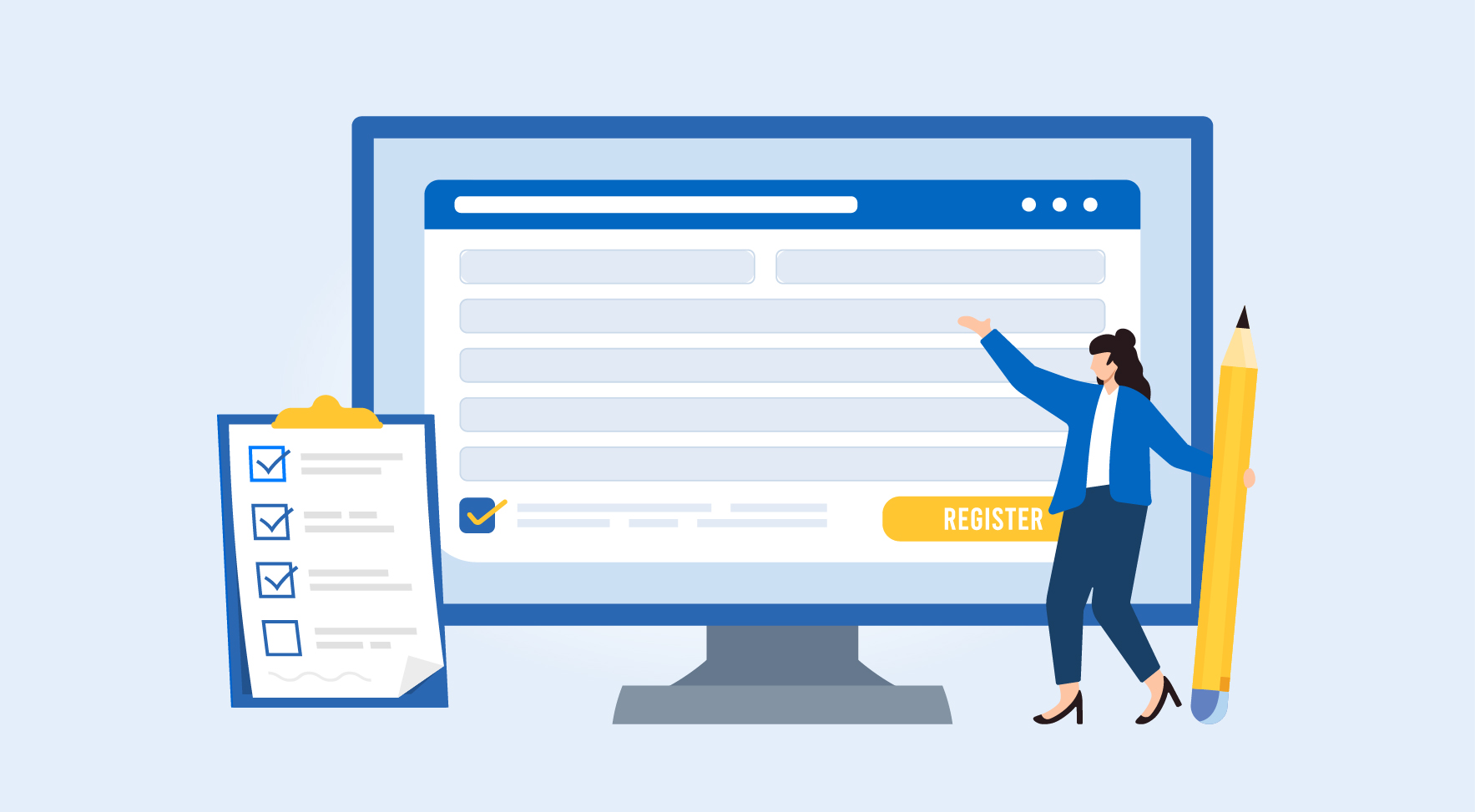Pramit Pratim Ghosh |Updated on: February 14, 2023
Introduction
The e-way bill has been an integral part of the GST scheme of things, ever since the concept of GST was first drafted. However, on 1st July, while GST came into existence, the e-way bill was deferred - in order to give more time to the government, businesses and transporters to prepare for its full and final implementation. Later, it was made live on trial basis from January 2018, and its final roll-out was set on 1st February. However, due to technical aspects, the roll-out was deferred yet again, and fresh dates are awaited.
However, 15 states are using e-way bills frequently on trial basis, and sooner or later the country will need to adopt it. With that eventuality in mind, the following are some E-way Bill FAQs for the reference of one and all:
E-way Bill FAQs Overview
What is the GST E-way Bill?
E-way bill stands for Electronic Way Bill. It is usually a unique bill number generated for the movement of a specific consignment of goods. While the e-way bill was part of the original scheme of GST, it was deferred at the time GST came into existence on the 1st of July - The process and procedural aspects for movement of goods within the state, as well as across states are laid down in the e-way bill rules. Many states continue to have their own e-way bill rules, such as Gujarat, which continues to have Form 402, and they will continue till the implementation of GST e-way bill is completed across the nation.
When is the E-Way Bill applicable?
The e-way bill is applicable for any consignment of goods of value exceeding INR 50,000. Even in case of inward supply of goods from an unregistered person, the e-way bill is applicable.
When should the E-way Bill be generated?
The e-way bill needs to be generated before the movement of goods is commenced.
What is the validity of E-Way Bill?
The validity of the e-way bill depends on the distance to be covered by the consignment of goods.
The e-way bill rules for validity are as follows:
- Less than 100 KM: 1 day
- Every 100 Km or part thereof thereafter: 1 additional day
It is to be noted that the validity period for the e-way bill will be counted from the time of generation. The validity period may be extended by the commissioner for certain categories of goods, as specified in the notification issued in the e-way bill rules.
Who should generate the E-Way Bill?
- When goods are transported by a registered person, in his own vehicle, hired vehicle, railways, by air or by vessel, the supplier or recipient of the goods should generate the e-way bill
- When the goods are handed over to a transporter, the e-way bill should be generated by the transporter. In this case, the registered person should declare the details of the goods at the e-way bill portal
- In case of inward supplies from an unregistered person, either the recipient of supply or the transporter should generate the e-way bill
How to generate the E-way Bill?
The e-way bill can be generated at the e-way bill portal. The portal hosts the Form GST EWB-01, which can be used for this purpose. It contains Part A, where the details of the goods are furnished, and Part B contains the vehicle number details.
Can the E-way Bill be generated for consignments of value less than INR 50,000?
Yes, either a registered person or a transporter can generate an e-way bill although it may not be mandatory.
What happens if multiple consignments are transported in one vehicle?
In this case, the transporter should generate a consolidated e-way bill in the Form GST EWB 02 and separately indicate the serial number of the e-way bill for each consignment.
On generation of E-way Bill, will there be any reference number generated?
Yes, upon generation of the e-way bill on the common portal, a unique E-Way Bill Number (EBN) will be made available to the supplier, the recipient and the transporter.
What happens if goods are transferred from one vehicle to another vehicle in the course of transit?
Before transferring the goods to another vehicle and making any further movement of such goods, the transporter needs to update the details of conveyance at the e-way bill portal in Form GST EWB 01.
Note: If goods are transported for a distance of less than ten kilometres within the State or Union territory from the place of business of the transporter finally to the place of business of the consignee, updating the details of conveyance in the e-way bill is not mandatory.
What happens if the consignor does not generate the E-way Bill even though the value of consignment is more than INR 50,000?
The transporter then needs to generate the e-way bill in Form GST EWB 01 on the basis of the invoice, bill of supply or the delivery challan. However, even if that does not happen, and the consignor transports any taxable goods without generating the e-way bill, he shall be liable to a penalty of INR 10,000 or tax sought to be evaded (wherever applicable) whichever is greater.
What happens if E-way Bill is generated but goods are not transported?
The e-way bill can be cancelled electronically on the portal within 24 hours of its generation. The e-way bill cannot be cancelled if it has been verified by an officer during transit.
Will the E-way Bill be made available for acceptance to the recipient of goods?
Yes, the details of the e-way bill will be made available for the recipient of goods only if he is registered. The recipient of goods should communicate acceptance or rejection of the consignment covered by the e-way bill within 72 hours of the details being made available.
What happens if the recipient of goods does not communicate the acceptance of rejection within 72 hours?
If the recipient of goods does not communicate acceptance or rejection within 72 hours, it will be deemed as accepted by the recipient.
What are the modes of e-way bill generation?
A registered person can generate e-way bill using any of the following methods – using a web-based system, using SMS based facility, using Goods and Services Tax Suvidha provider, using Android app, using site-to-site integration and using bulk generation facility.
What should be done if the transportation vehicle breaks down?
If a vehicle breaks down during the conveyance of goods with an e-way bill, the transporter can get the vehicle repaired and continue to the destination with the same e-way bill. However, if the transporter must change the vehicle, then the new vehicle details much be entered on the e-way bill portal for that e-way bill using the ‘Update vehicle number’ option in part B.
What must be done if the validity of the e-way bill expires due to vehicle breakdown or other circumstances?
The validity of the e-way bill can be extended under the circumstance of exceptional nature, law and order issue, trans-shipment delay, an accident of conveyance etc by updating the reason for the extension and the details in Part B of Form GST EWB-01.
Know More about E-Way Bill
E-Way Bill, E-Way Bill Rules, E-Way Bill Verification, GST Exemption list for E-Way Bill, How to Generate E-Way Bill, E-Way Bill State Wise, How to Register E-Way Bill, How to Generate Bulk E-Way Bill, How to Cancel E-Way Bill, Minimum Distance required for E-Way Bill
GST
GST Software, GST Calculator, GST Exempted Goods & Services, GST Rates, HSN Codes, SAC Codes, GST State Codes, New GST Returns & Forms, Sahaj GST Returns, Sugam GST Returns
Latest Blogs

Nuts & Bolts of Tally Filesystem: RangeTree

A Comprehensive Guide to UDYAM Payment Rules

UDYAM MSME Registration: Financial Boon for Small Businesses

Understanding UDYAM Registration: A Comprehensive Guide

MSME Payment Rule Changes from 1st April 2024: A Quick Guide

Are Your Suppliers Registered Under MSME (UDYAM)?

